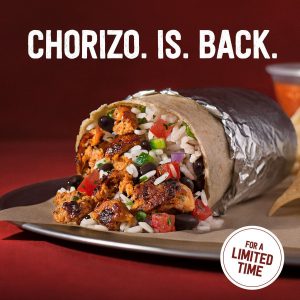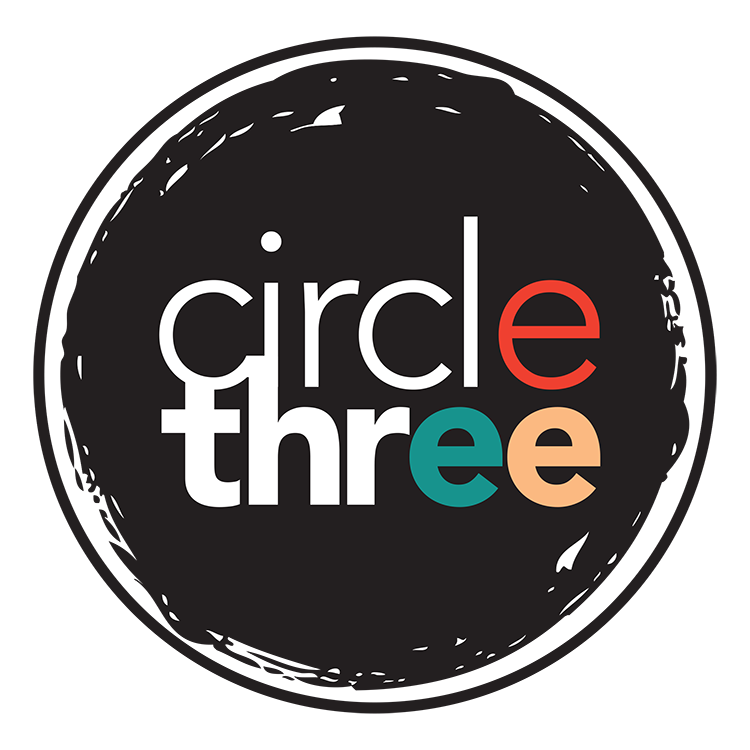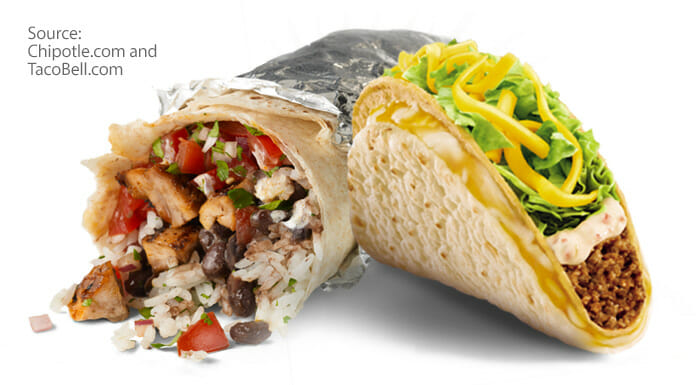What influences your customers’ opinion about you? Some might argue that it is your exemplary customer service. Perhaps it is your marketing saturation: your brand is seen everywhere, so the customers must know that you are the best choice. Maybe it comes down to your logo and company colors simply being more eye-catching than the competition. Whatever you determine that key thing is, it comes back to communication.
The refuse industry faces many communications challenges. The popularity of recycling has led to a trend of “wish-cycling,” where consumers toss anything that looks vaguely recyclable into the single stream cart without realizing the cost to sort trash out or the impacts of contamination. Increased service rates may incite ire, but little is done to explain what drives those increases. Customers just see pricing rising and make assumptions—and you could lose them if your competitor offers a lower rate. Communication can lift the veil on industry-specific mysteries and ensure that your customers see you as their only relevant source of information—and that is what will make you stand out from the competition.
You will have an advantage over other haulers when you know your brand and where you want to go with it, understand your audience and how to speak to them, and build your communications strategy based on those things.
Know Your Brand
Your brand is the most powerful weapon to grow your company. Make sure that you are leveraging it. We will take a few steps back and clarify some marketing terminology before we dive into communication tips. You need to have a few important things in place to be an effective communicator: brand positioning and brand promise. If you do not have these things identified, take some time to work on them. If you do not, you risk looking inconsistent. That said, you may not have the luxury work on things in a linear way. That is okay. Get started now and make incremental refinements as you go. Just be aware that this foundational work in developing your brand positioning and brand promise will help define your communication strategy.
 Brand Positioning
Brand Positioning
This is where your brand sits in the minds of your customers and what sets you apart from your competition. Consider Taco Bell and Chipotle. Both are fast food options, but they have vastly different positioning. While Taco Bell rests its laurels on convenience and low prices, Chipotle favors quality. Your expectations are completely different for each place—and yet they both sell burritos. How are you different from your competitors who offer the same services?
Brand Promise
This is what you are telling the world to expect from your company. It is developed with the brand positioning in mind, but it is not a mission or vision statement. Those are internal brand elements. Your brand promise is the stated benefit customers receive by choosing you. The Chipotle brand promise is “food with integrity”. You instantly know to expect higher quality ingredients, fresh food and healthier food (depending on your interpretation of “healthy”). So, what should the world expect from your brand?
Understanding who you are as a brand will drive the way you communicate with customers. Taco Bell, for example, knows it is less of a choice and more of the place where you end up after you have been everywhere else—and they revel in it! They get into Twitter battles with other fun brands because they know their customers enjoy that kind of humor. They also reinvent themselves as their audience changes.
Know Your Audience
You will hear this over and over in marketing: know your demographics. You do business differently with commercial accounts versus residential—or whomever your customer base might be. Your communication tactics should reflect these differences. The voice and platform that you use to communicate will vary based on who you are trying to reach. Some forms of communication will be more or less formal depending on your target audience. Your adaptability will set you apart from competitors and make your brand feel more human.
Educate and Relate
Once you know who you are and who you are talking to, you will need to determine what you need to say. Choosing your content and platforms upon which you publish the content is pretty personal: it needs to be the right fit for your business. As you explore your options, keep the following principles in mind.
- #1: Be Open and Authentic
If your brand has a lot of personality, do not be afraid to share it. It is what is going to make you stand out from the competition. Find ways to generate creative content that fits your brand and solves your customers’ needs. Sometimes those customer needs are going to be tough topics to discuss. Do not shy away from tackling issues. If your customers are balking over a new service fee or rate increases, address those issues in a way that shows you understand those concerns. Explain what drives those costs. Educate them on what they can do to help you keep costs down. Use this as a differentiator between yourself and the competition: they are just a service—you are a solution. - #2: Have a Conversation
Communication, by definition, is the exchanging of information. Not every post you make or article you write should be advertising. You can probably think of some brands you have seen that constantly push their advertising gimmicks at you. It feels hollow—like you are a captive audience. You will want to have some advertising at times, but that should take up the smallest amount of space on your editorial calendar. Instead, focus your efforts on engaging your audience. Ask questions. Answer questions. Let them see that they can rely on you for information—and not just information on your terms. Allow communication to go both ways. - #3: Make It Relevant
Part of the disconnect between those in the refuse industry and the general public is that there are so many intricacies and we often do a poor job of translating this into something the average person can understand. It is easy to forget the many years of experience you have that allows you to understand why you cannot throw plastic grocery bags into the recycling. You may find an insightful article on the downtime MRFs face due to improperly recycled bags and your first instinct might be to share that article with your customers via your newsletter, a blog or a social media post. Chances are, however, that the article is far too dense with industry jargon and, if your customers are residential, they may not even know what an MRF is. Take the time to distill this information into a format that they can understand—perhaps an infographic or video detailing the single stream process, how contaminants add unnecessary cost, and which common household items should never go into their recycling. Take the opportunity to educate and reinforce your brand position.
 Quality of Communication
Quality of Communication
The value of your brand stems from the quality of your communication. All the branding your customers experience—from the way you talk to them to the way your website looks—says something about your company. Make sure that you are communicating the right things.
This article was written by Jessica Shrout for the May 2019 issue of Waste Advantage Magazine.

